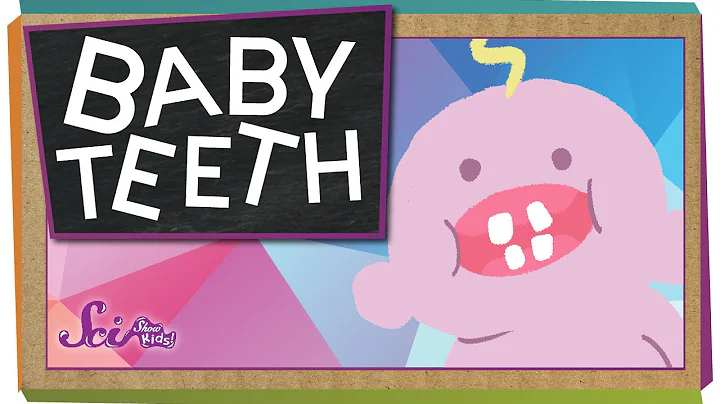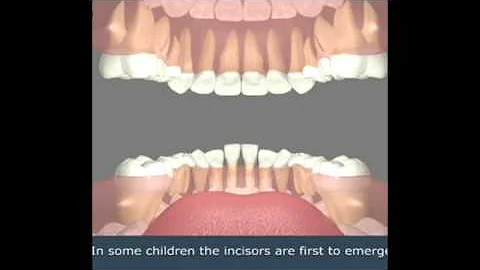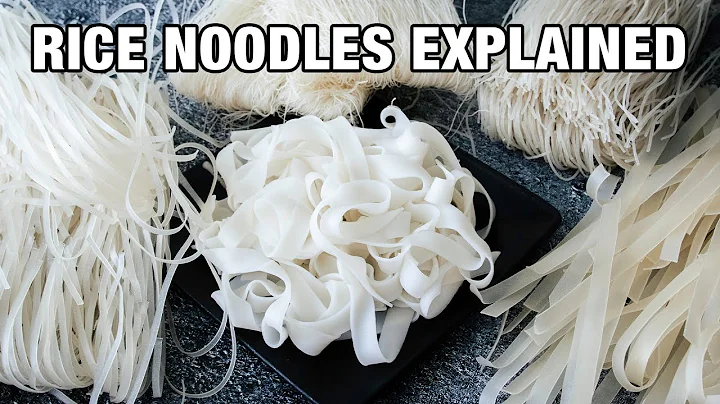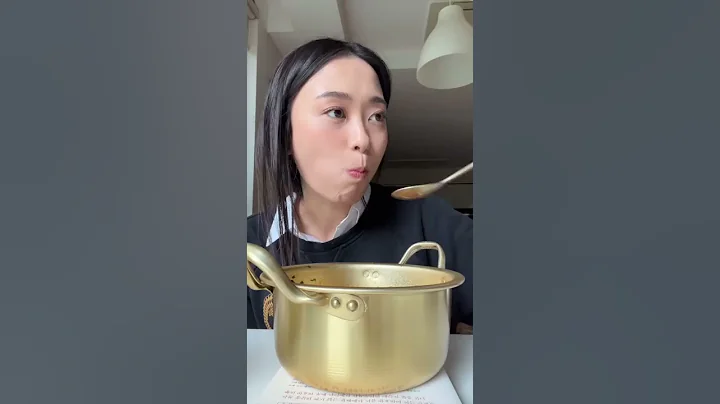A problem often occurs when children change teeth , that is, before the deciduous teeth fall out, new teeth have already grown in. However, because the deciduous teeth still occupy the space, the new teeth have to grow in other directions. This It is and the deciduous teeth are retained in .
What causes the retention of deciduous teeth in children?
The first reason is diet. In modern society, with abundant material conditions, many parents prepare food for their children that is not only exquisite, but also soft and rotten. The vegetables, meat and other foods that children eat before teeth change are minced, boiled soft foods or semi-liquid foods that can be eaten without the need for teeth to chew hard.
This brings big trouble to the baby's tooth replacement: the deciduous teeth are still not loose during the tooth replacement period and cannot fall out automatically, hindering the development of permanent teeth.
The second reason: the impact of caries . There are a wide variety of desserts on the market today. All kinds of cakes, drinks, and snacks that children like have high sugar content. If you don't brush your teeth carefully, dental caries will soon occur.
At this time, the child has not yet entered the teething period, but the deciduous teeth have been hollowed out by cavities. If the deciduous teeth are not removed in time, the remaining deciduous tooth roots will become inflamed or form pustules in the alveolar bone. The permanent teeth will not be able to grow in their original positions, and they will have to "tilt" and squeeze out from the side.
The third reason: congenital loss of permanent teeth. The child's deciduous teeth have not developed permanent teeth tooth germs under them. When the teeth are replaced, the teeth cannot be replaced. Not only do the deciduous teeth not fall out, but they also have to continue working.

How to deal with retained deciduous teeth?
The retained deciduous teeth grow side by side with the permanent teeth. The staggered gaps between the teeth leave a good place for food residues, causing plaque bacteria to breed and destroying oral hygiene.
During the teething period of children, parents should check their children's teeth regularly. If they find that the deciduous teeth are retained, they should deal with them in time.
There are three situations to deal with retained deciduous teeth.
Type 1: If the permanent teeth have grown one-third in and the deciduous teeth are loose and wobbly, you can eat more hard foods such as apples and nuts. During the process of biting, the chewing power of the teeth will be increased and the deciduous teeth will be faster. fall off.
The second type: The permanent teeth have grown in, but the deciduous teeth are not loose. It is necessary to see a doctor to extract the deciduous teeth as soon as possible. Parents should pay special attention to the retained deciduous teeth in their children's upper jaw and must remove them as soon as possible to avoid causing misalignment of the permanent teeth and affecting the child's appearance.
The third type: Retention of deciduous teeth caused by congenital loss of permanent teeth can be left untreated for the time being, but close observation is required, good oral hygiene is required, the occurrence of dental caries is prevented, and the "working" time of deciduous teeth is extended as much as possible.

How parents can prevent their children from retained deciduous teeth
Retained deciduous teeth occur due to ontogeny , but parents can also prevent this situation by paying close attention to their children's habits.
1. Guide children to change their bad eating habits and living habits.
Before teeth change, let the children eat some hard food, teach them to chew hard, increase the use rate of deciduous teeth, and stimulate the loss of deciduous teeth.
Pay more attention to observation every day to see if the child has bad habits such as biting hands, sucking lips, protruding the mandible, etc. Once discovered, correct them in time. You can usually pay more attention to your children's emotional needs, take them to do more outdoor sports, help them divert their attention, and don't let these bad habits affect the normal development of teeth.
2. Develop a good habit of rinsing your mouth and brushing your teeth frequently.
Parents should pay close attention to their children's oral hygiene and educate their children to rinse their mouths and brush their teeth in time every time they eat snacks, especially sweets, to reduce the time that food residue and plaque stay on the teeth, and to avoid tooth decay.

3. Take your children to apply fluoride on their teeth promptly, or brush their teeth with fluoride toothpaste every day to prevent tooth decay.
If your child already has tooth decay and the tooth replacement period has not yet come, take your child to have his teeth filled in time to prevent all the deciduous teeth from rotting away. If the deciduous teeth have been decayed, the remaining stumps need to be pulled out to retain their position so that the underlying permanent teeth can grow out smoothly.
Of course, parents don’t have to worry too much. After their children’s deciduous teeth are removed, the originally crooked permanent teeth will slowly adjust to their normal positions.If the permanent teeth are still misaligned after they grow in because the original position is too crowded, you can wait until the child's tooth replacement period is over and go to the hospital for correction in time.





















